The content of the article
What, in the usual sense, is considered to be a cold, in fact, represents a whole group of diseases that have a very different nature of the course. This fully applies to flu and other acute respiratory infections. This group includes a large number of pathological conditions associated with the upper and lower respiratory tract, bacterial diseases, for example, pharyngitis.
The immune system of children is not yet formed, so they are much more likely than adults to catch a cold. Even if the child is strong and, as they say, “breathes” health, he can get sick with a frequency of 4-6 times during the year. This is due to close contacts with sick people during the period of rise in colds or epidemics.
Another reason is an altered immune status, the degree of virulence of pathogenic microflora. In this regard, the issue of the quick recovery of a child after a respiratory infection does not lose its relevance.
Conditions for the occurrence of the disease
There can be several such conditions and all of them, one way or another, affect the possibility of a disease:
- Contact with a sick child or adult. The predominant way of spreading a respiratory infection is through the airborne route. The causative agent enters the body through the nasal mucosa or conjunctiva of the eye. The child is able to “catch” the infection anywhere. The source of infection can be sick parents or an occasional sick person in a public place.
- Violation of hygiene rules. The baby can touch objects that have been affected by a pathogen from a sick person. After that, he can bring his hands to his mouth, eyes, nose. In this case, the risk of getting infected is quite high in nature. The infectious beginning can be on almost any subject, right up to the door handle. The child touches them, but his hands are not always thoroughly washed. Therefore, there is the possibility of a disease.
- Hypothermia. This factor leads to the fact that the vessels are spasmodic, resulting in reduced local immunity. Then a new disease or an exacerbation of the existing chronic pathology is possible.
Description of the first symptoms
Any catarrhal disease is accompanied by a number of characteristic signs:
- Fever. At first, heat almost always accompanies an acute catarrhal disease. The rise in temperature is observed quite quickly and can reach 38 degrees and higher numbers. If complications do not join, then after three days the temperature indicator decreases.
- A condition characterized by general malaise. A child may notice a “bruise” throughout the body, a headache. All muscles begin to break, sleep is disturbed, assuming a restless character. All this is a consequence of intoxication of the body as a result of the decay of microbial cells.
- The appearance of a cold. It is manifested by profuse discharge from the nose. There is congestion and significant difficulty in nasal breathing. Often joins frequent sneezing and profuse tearing.
- Sore throat. The back of the throat turns red. Doctors usually say that redness is also noted from the side of the soft palate. In some cases, acute sore throat quickly disappears, in others it can persist throughout the illness.
Danger of individual symptoms
There are a number of signs of the disease, which should cause concern and be the reason for urgent seeking medical help. The following points can be attributed to them:
- The febrile period lasts too long. If the high temperature lasts more than three days, then this may indicate the addition of complications.
- Dehydration This condition can occur when there is the presence of loose stools or vomiting. The child cannot fully get drunk. In this case, signs characteristic of dehydration may appear. Observation of the eyes is observed. Urination is impaired and rare, urine darkens. This is an urgent condition for the baby. Medical attention is urgently needed, since such a condition is associated with a danger to life.
- Labored breathing. It can become more frequent or each breath is associated with additional efforts. Medical care for such children should be provided immediately.
- Behavioral changes. The child becomes lethargic, inhibited, all reactions are markedly reduced. In severe cases, consciousness is disturbed, and even fainting conditions occur. In such cases, you should immediately call an ambulance.
Cold reaction based on age
- Breasts or children of the first years of life. During this period, any catarrhal infection is much more serious than at an older age. Very often during this period complications join.
- Preschoolers and schoolchildren. At 2-3 years old, organized children are able to get sick from 6 to 8 times per season. On average, the disease lasts two weeks or a little less. Older children tolerate the disease much better, and their complications occur less often. But it is always necessary to remember that if the disease is not treated, this can lead to complications.
Therapeutic correction of colds
Various drugs are used to treat the disease.
Medications
The following drugs are used:
- Means for fighting viruses. These drugs are made on the basis of interferon. This is a special protein that helps in the fight against the virus.
- Immunomodulators. They are designed to maintain immunity, which is weakened due to illness. Ascorbic acid is indicated. Under its influence, the production of its own interferon occurs.
- Means for narrowing the vessels of the nose. Such drugs are indicated when there is a runny nose and nasal congestion. For therapy, medications such children can be given only according to medical prescriptions and no more than 5 days in a row.
- Means for controlling fever. Paracetamol, nurofen and their derivatives. The use of such drugs can reduce the temperature. A good tool is RINZasip for children. It contains paracetamol in a children's dosage. Use it for children over the age of 6 years. The drug is given to children when the first signs of a cold appear. The tool fights symptoms and alleviates the condition of the baby.
Means for non-drug treatment
In addition to medicines, you can use traditional medicine methods:
- Medicinal herbs in the form of decoctions. Decoctions with chamomile, rose hips, coltsfoot, and other medicinal plants are quite suitable. It must be understood that all of them are not the main treatment, but only complement it. In addition, a quick onset of effect should not be expected from them.
- Fresh fruits and juices. They will fill the body with vitamins, which will provide real help in the fight against colds. They should also complement the main treatment.
- Honey. Its use is very useful for colds. You can take it with warm milk or separately. But the approach to honey treatment should be extremely careful, since it is a pronounced allergen. In addition, babies in the first year of life should not be given honey.It should be noted that when honey is dissolved in hot water, all its properties are lost.
- Tea combined with raspberries. It is an excellent tonic. Tea caffeine and raspberry acetylsalicylic acid have a combined effect and help in the fight against colds. But even berries, when added to a hot drink, can lose their properties.
Important! It must be remembered that traditional medicine does not pass the clinical trials that take place when approving official medicines. Although they are able to help to some extent, they should only be used as an adjunct, and not the main means of fighting colds.
Good nutrition and drinking
In the acute period of the disease, it is supposed to use dairy and plant foods for nutrition. If a child does not eat well, he should not be forced to eat through force. Drink plenty of water. The volume of daily fluid should be brought to 1.5 liters. This will help relieve symptoms of intoxication and combat dehydration. With breastfeeding, more frequent attachment to the breast is carried out. Older children are given warm drinks in the form of drinks, fruit drinks.
Patient Care Rules
At the beginning of the illness, the baby is shown bed rest. The room should not be cold, but not hot. The temperature is maintained at 20 degrees. All the premises of the apartment, and not just the patient’s room, are subjected to daily wet cleaning using disinfectants.
Fact! With influenza, antibiotics are not used, since they do not act on the virus. They are prescribed only if a bacterial complication is attached.
Do not self-medicate. This will not bring benefits, but it can do harm. Follow all medical prescriptions in strict accordance.
In conclusion, it should be said that the common cold or acute respiratory viral infections themselves are not formidable diseases. Danger is fraught only with their complications. Therefore, it is necessary to treat colds in a timely manner.
Video: what to do at the first sign of a cold

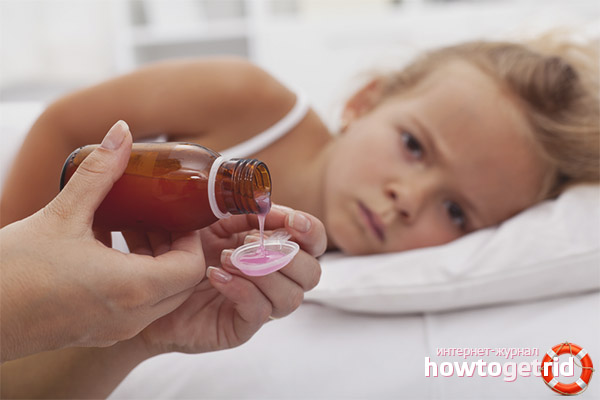
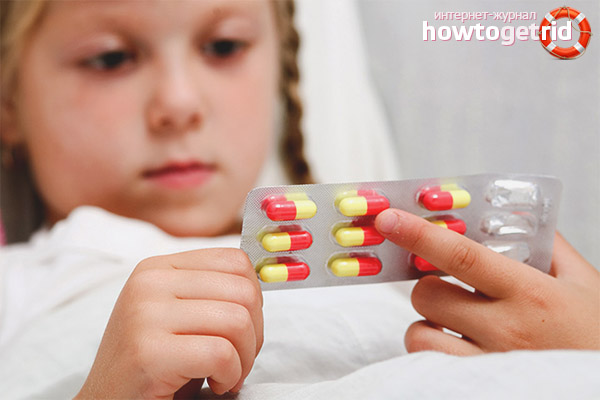
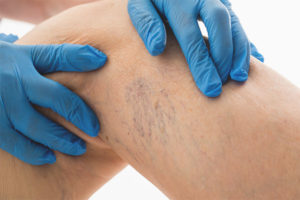
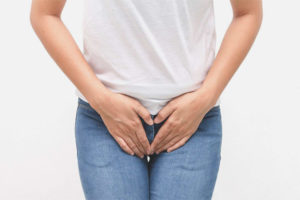
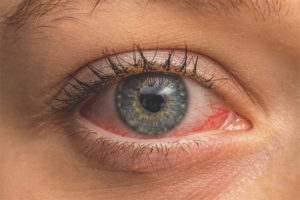

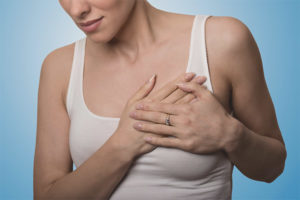
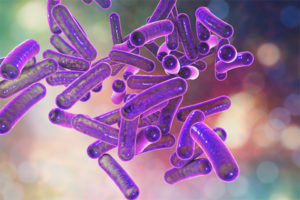
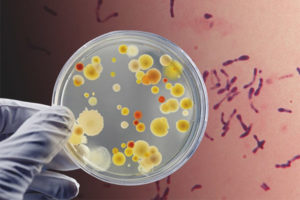

Submit